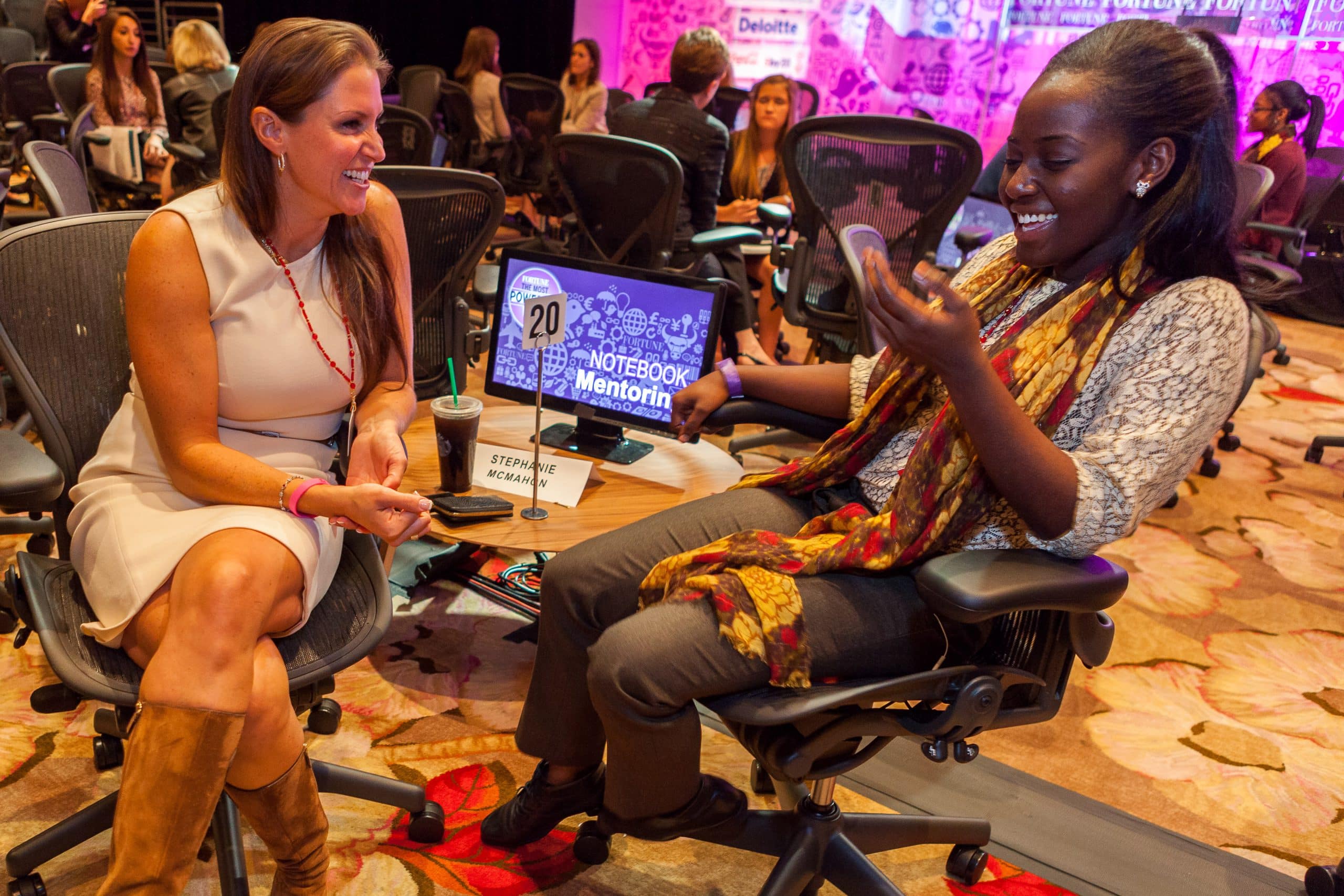Six Attributes of Successful Women’s Conferences
This article was originally written for the April issue of PCMA’s Convene magazine. The timing was right before the lockdown and a couple months before the 2020 social justice movement eclipsed. While things have changed, these tenets will hold true and the principles can be applied to other D&I conferences and events.
After studying and consulting on several successful association women’s conferences, I can confidently say – they need to be very different than other conferences in your portfolio.
Corporate Social Responsibility
According to the World Economic Forum “There is substantial research to show that diversity brings many advantages to an organization: increased profitability and creativity, stronger governance and better problem-solving abilities. Employees with diverse backgrounds bring to bear their own perspectives, ideas and experiences, helping to create organizations that are resilient and effective, and which outperform organizations that do not invest in diversity.”
Today, most global companies embrace the tenants of corporate social responsibility. This often includes significant budget allocations for diversity and inclusion along with targeted programs to better equip diverse talent to rise as leaders within the company. Professional associations can be a key resource to helping their members advance this area.
The six attributes of women’s leadership conferences that have stood out for me:
[1] Movement
All of the top women’s conferences that we’ve researched consistently sell out. General sessions are meaningful and inspiring personal experiences. Main room events are used to start and finish (bookend) each day with an emotional high. They deliver impact and relevance that creates a ripple effect that goes beyond the in person participants. They recognize excellence through awards, highlighting individual and company success in advancing the movement.
[2] Not About the Industry
While being in the same industry is critical for a relevant movement, the most impactful conferences do not focus on delivering industry content. Instead, the content is on growing leadership skills or equipping the participants to move the diversity needle for their careers, employers and teams. Sessions are often designed for immersive networking and story-sharing.
[3] Mission over Margin
With few exceptions, women’s conferences are not designed to deliver significant funds to the bottom line. Instead, the goal is often to breakeven while delivering a high-value experience. Women’s conferences are often shorter one or two-day programs. Most meals are group social functions.
[4] Inclusive by Example
The most successful conferences realize that they should model diversity by encouraging allies (or “Manbassadors”) to enlist and support the movement.
[5] Exhibits and Sponsors
Because of the nature of the experience, we have yet to find a successful women’s conference that included an exhibit hall. Instead companies support the industry by investing in sponsor packages that include access passes for their participants. Sponsorship sends a loud and clear message that our company believes and supports the movement.
[6] Women Lift Up Women
The most successful conferences/movements will have the majority of the participants be Director or higher with 11 or more years of industry experience. While not excluding emerging professionals, more experienced women tend to qualify for the budget to attend and often are in a position to greater influence the company’s diversity goals and objectives. More experienced women leaders can impact the emerging professionals in their company by reaching down and pulling them up. That support is critical to a successful movement.
Adapted from Dave’s Forward Thinking column in PCMA’s Convene. Reprinted with permission of Convene, the magazine of the Professional Convention Management Association. ©2020.
What are some of your key learning from specialty conferences with a diversity and inclusion focus?


